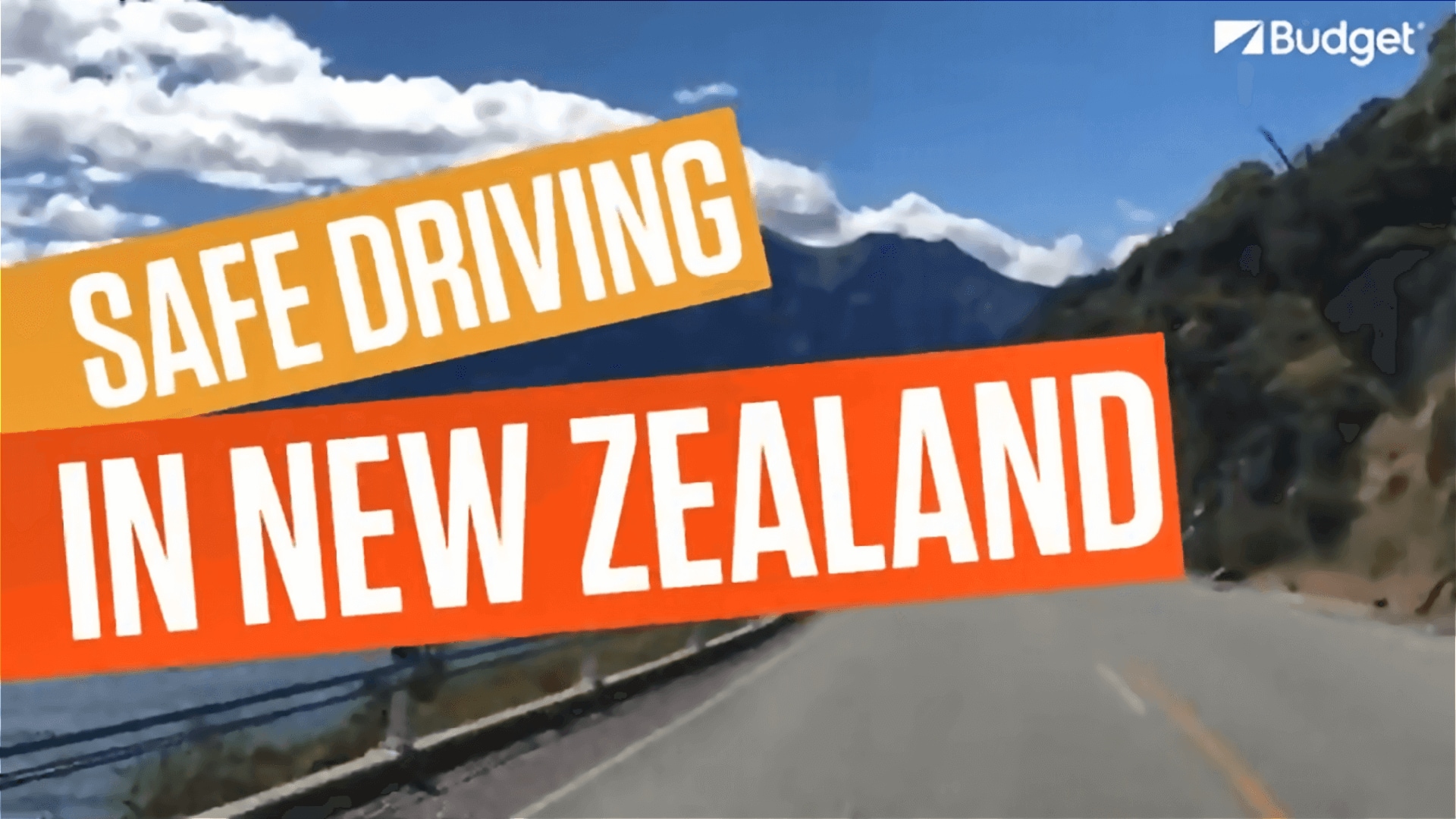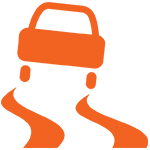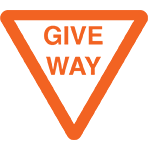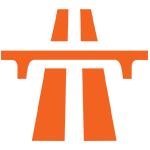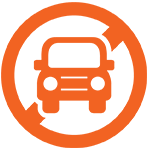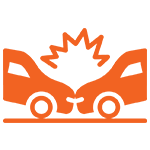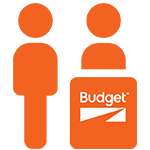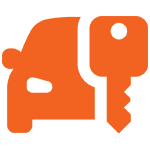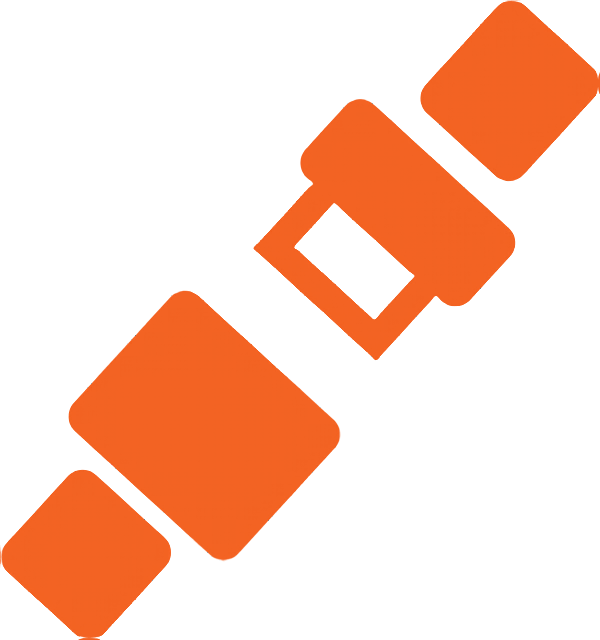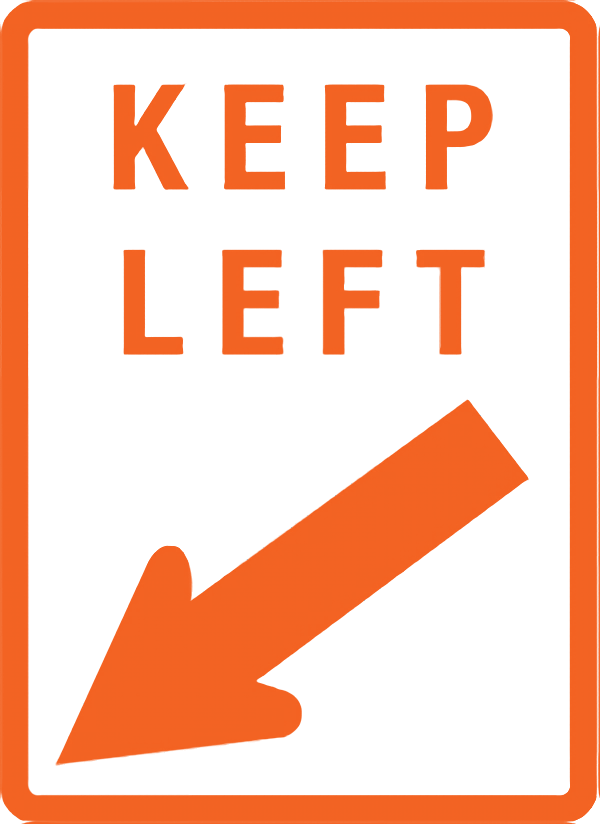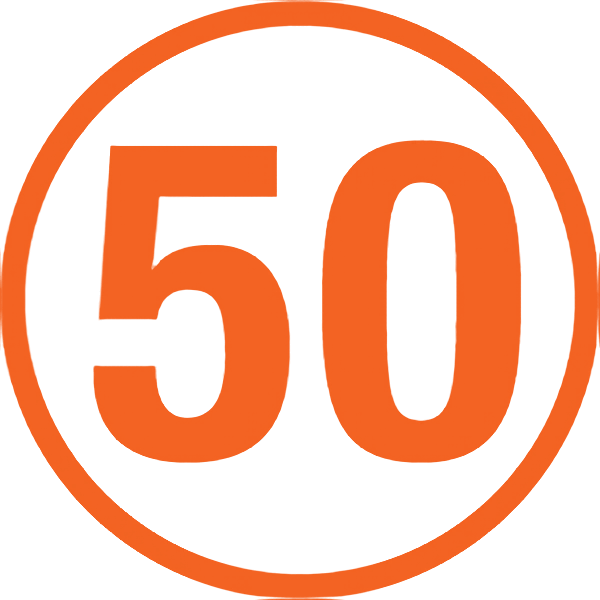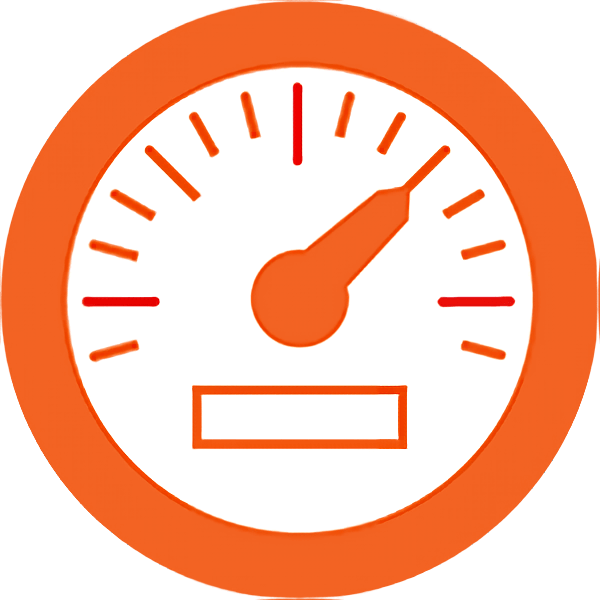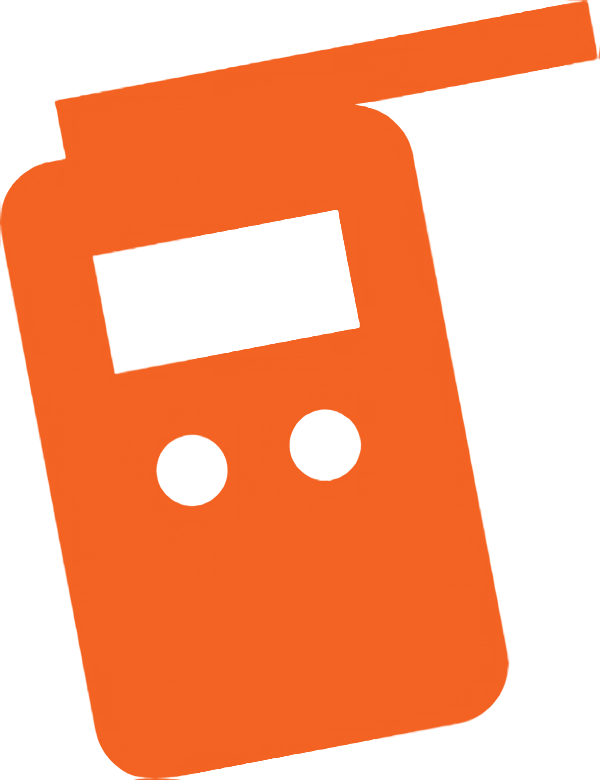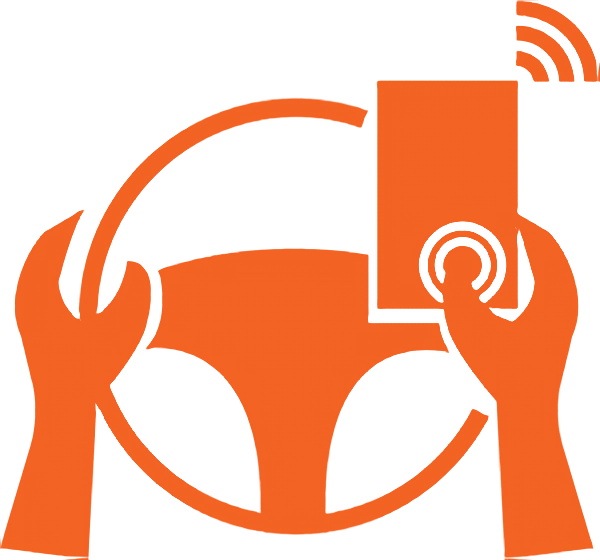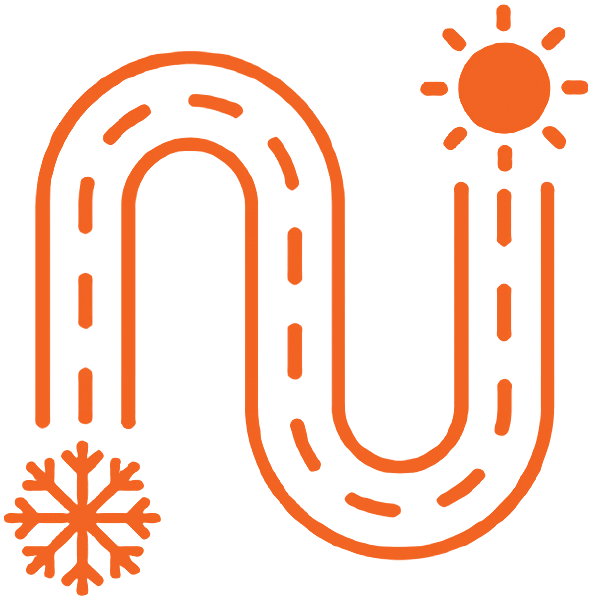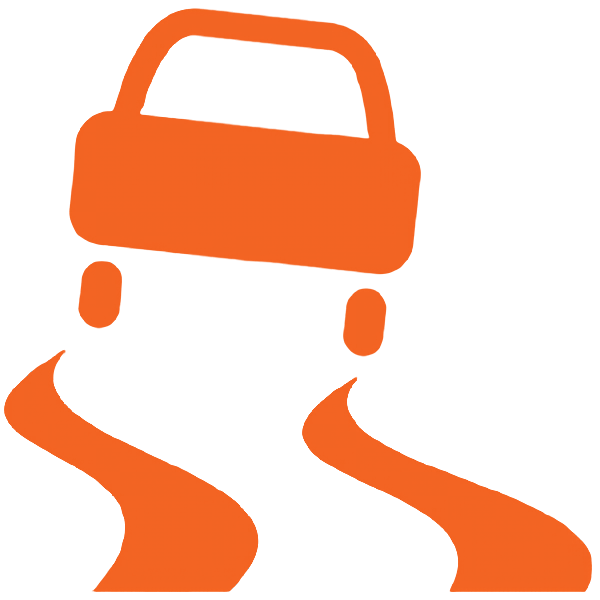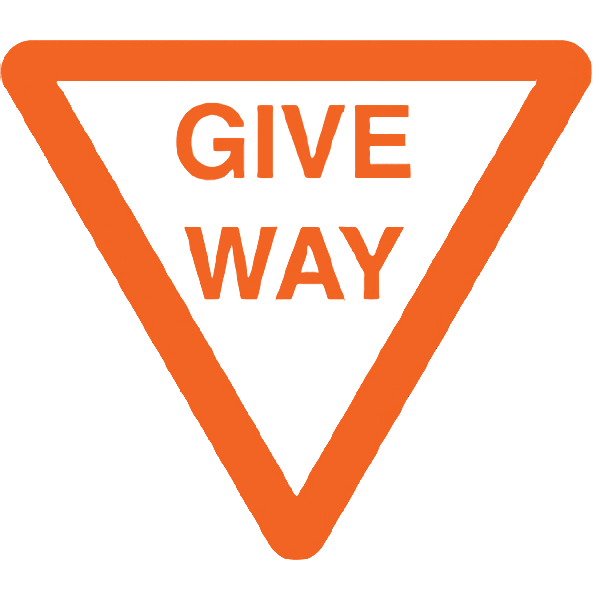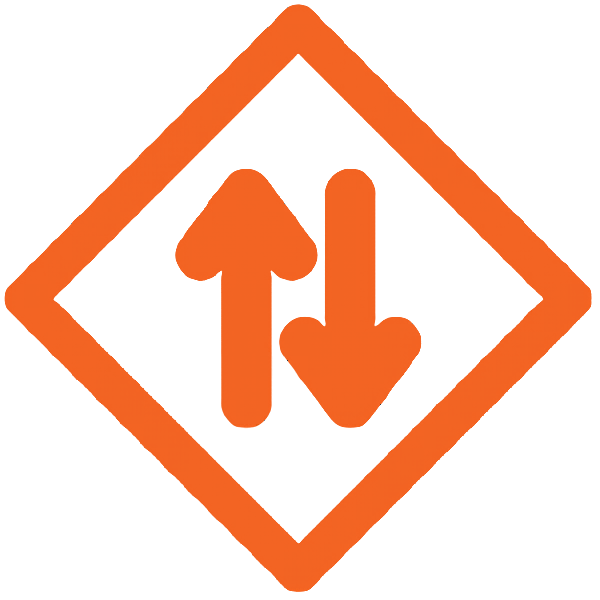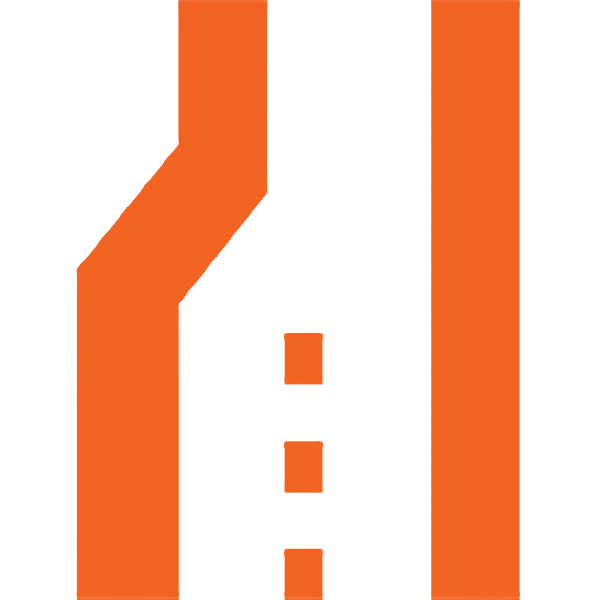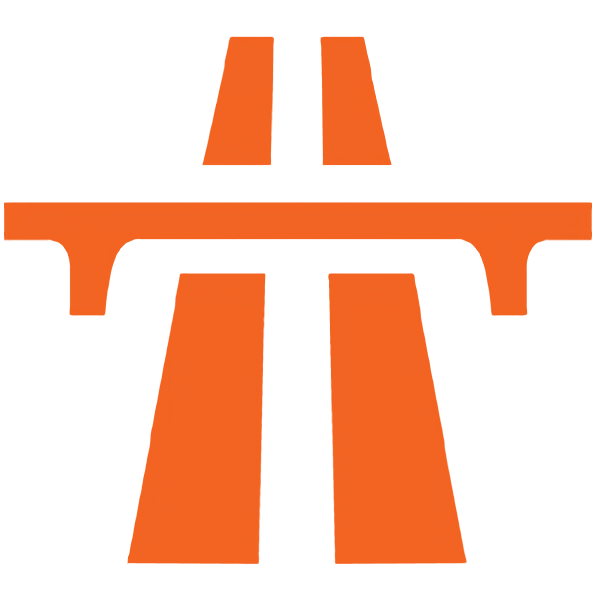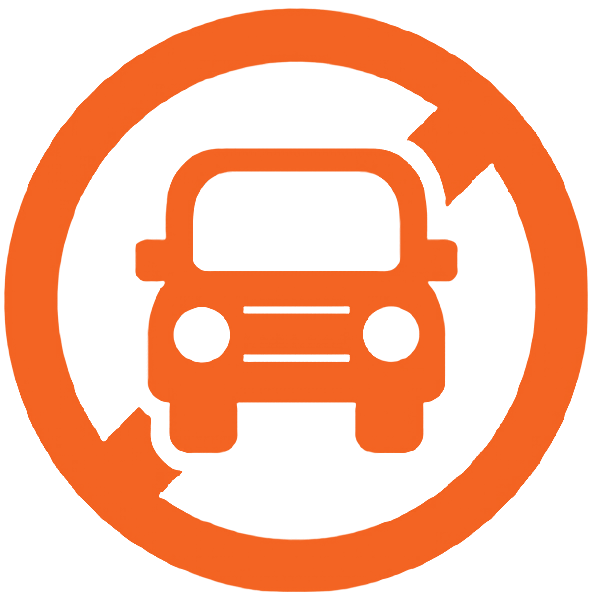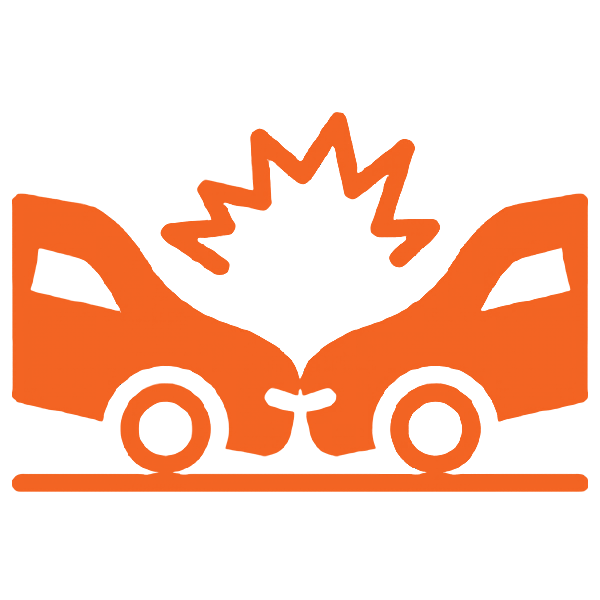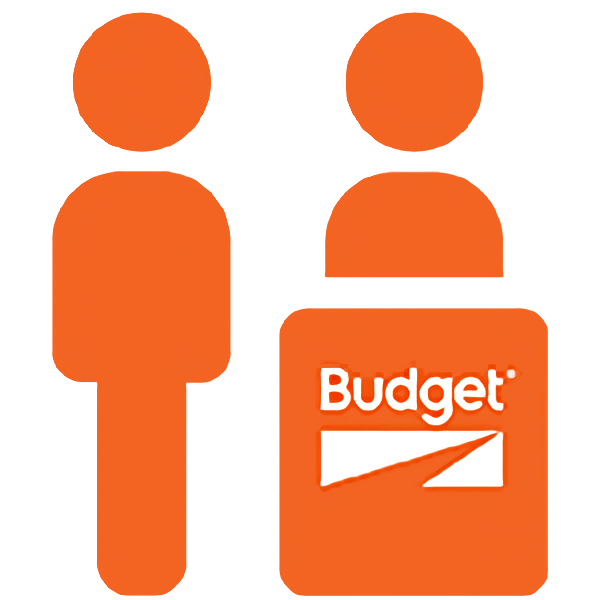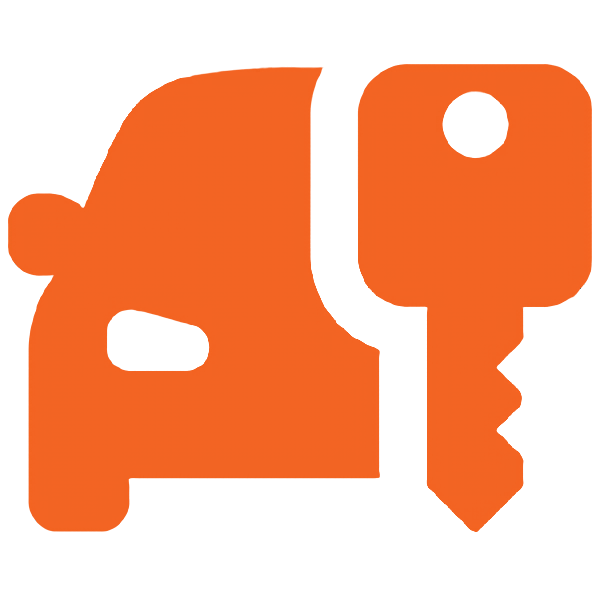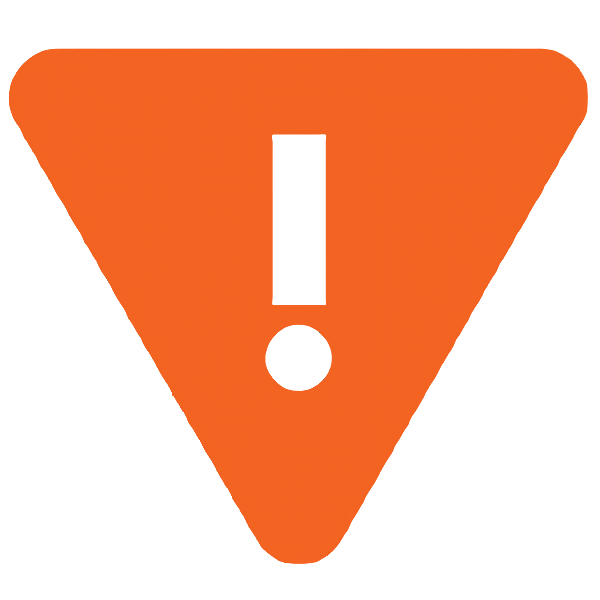- Forgot Username?
- Forgot password?
- Not You?
- Need an account? Create an Account
-
lbl.prof.signInMoreOpt,budget
- If you already have a 6 digit Wizard number, Go Here!
VERIFICATION CODE OPTION
VERIFICATION CODE VIA SMS
VERIFICATION CODE VIA EMAIL
For added security, we will send you a verification code to verify your identity.
Please choose a way to receive your verification code.
Receive by Text:
{{vm.securityAssessmentSummary.otpTokenverifiers.phoneNumber.value}}
Receive by Email:
{{vm.securityAssessmentSummary.otpTokenverifiers.emailAddress.value}}
VERIFICATION CODE
Resend Verification Code.
ACCOUNT LOCKED
Sorry, the maximum number of attempts has been reached. For your security your account has been locked.
To activate your account, click on the link we sent to your email at {{vm.securityAssessmentSummary.otpTokenverifiers.emailAddress.value}}
EMAIL SENT
Email to reactivate your account sent.
PASSWORD EXPIRED
RESET PASSWORD
If you did not receive an email please check your junk folder. For further assistance please contact our website team.
RESET PASSWORD
5-Star Safety
The National Highway Transportation Safety Administration from time to time rates vehicles for safety standards. Based on our last review, this vehicle was rated as a 5-star vehicle. Please note these ratings are subject to change and reflect our last review.
msg.corporateAccount.savingsMessage,budget
msg.corporateAccount.sameCompanySuccessMessage,budget
msg.corporateAccount.differentCompanySuccessMessage,budget
msg.corporateAccount.workinginCompanyMessage,budget {{vm.cbpCustomer.accountName}} ?
msg.corporateAccount.verifyIdAtCounterMsg,budget
msg.corporateAccount.youCanAlways,budget msg.corporateAccount.addNewDiscountNumberMessage,budget msg.corporateAccount.ifYouhaveOne,budget
Safe Driving in New Zealand

Safe Driving in New Zealand



A driving holiday in New Zealand is the best way to see the country and take in the wonderful scenery and at Budget we want to make sure you do that safely. We want to make sure every driver is adequately prepared and understands 'what's different’ about driving in New Zealand.
A driving holiday in New Zealand is the best way to see the country and take in the wonderful scenery and at Budget we want to make sure you do that safely. We want to make sure every driver is adequately prepared and understands 'what's different’ about driving in New Zealand.
Please view the DriveSafe Driving in New Zealand document and visit the DriveSafe website for further information. If you have trouble viewing the document, please download Adobe Acrobat Reader for free.
Note: if arriving from a long-haul flight we encourage you to rest well and stay overnight before driving too far.
Download The Guide
Download the guide in your language
Please view the DriveSafe Driving in New Zealand document and visit the DriveSafe website for further information. If you have trouble viewing the document, please download Adobe Acrobat Reader for free.
Note: if arriving from a long-haul flight we encourage you to rest well and stay overnight before driving too far.
Download The Guide
Download the guide in your language
Important Road Safety Information
|
Seat BeltsBuckle up! Seat belts save lives. By law, seatbelts must be worn at all times when travelling (including rear seat belts). Child safety seats are available from Budget New Zealand locations – subject to availability. |
||||||||||
|
|||||||||||
 |
Keep LeftIn New Zealand we drive on the left. That means the centre line is always on the right or drivers side of the car. On multilane motorways and open road passing lanes, slower traffic should always use the far left lane. Most roads in New Zealand are two-lane roads on a single carriageway, which means there is no barrier between you and oncoming traffic. Always stay left and do not cross the centre line. |
||||||||||
|
|||||||||||
|
Speed LimitsEnjoy the drive but remember to adhere to all speed limits. Below is a guide only with a conversion from kilometres to miles. Speed limits in New Zealand vary, however they are clearly signposted and are in kilometres. Below is a guide only with a conversion from kilometres to miles.
|
||||||||||
|
|||||||||||
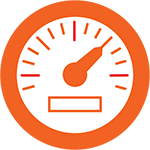 |
Speeding & Speed CamerasOur advice is to keep within the speed limit at all times. Mobile speed cameras can be found throughout the country and are normally placed in unmarked vehicles. New Zealand Police enforce a low tolerance approach to speeding drivers and if you are caught speeding in a rental car you are responsibile for any fines incurred and any administration charges related to the fine. |
||||||||||
|
|||||||||||
|
Drink Driving & Random Breath TestingDo not drive a motor vehicle if you have been drinking alcohol. Random breath testing is carried out in New Zealand and heavy penalties and fines apply if convicted of driving under the influence of alcohol. For drivers over 20 years of age, you must not drive if you have consumed more than the legal alcohol limit, which is 250 micrograms per litre of breath or 50 milligrams per 100 millilitres of blood. The amount of alcohol you can consume before reaching the legal limit depends on many factors, including: whether you are male or female, your body size, and how much food you have eaten. Even small amounts of alcohol can affect your driving, so our advice is: if you drink any alcohol, don't drive. |
||||||||||
|
|||||||||||
|
Mobile PhonesA driver must not, while driving a vehicle:
A driver may, while driving a vehicle:
The only other exception is if the driver is using the phone to make an emergency 111 or *555 call. |
||||||||||
|
|||||||||||
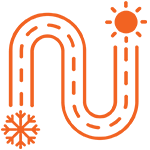 |
Drive To The ConditionsNew Zealand roads cover some impressive terrain and can pass through amazing scenery, but they can also be treacherous in certain weather conditions. Always drive to the conditions and reduce speed when necessary. |
||||||||||
|
Safe Winter DrivingWinter driving conditions in New Zealand can be very tricky, especially through mountainous regions. The following are a few tips for safe winter driving:
|
||||||||||
|
|||||||||||
 |
Road SignsSTOP - You must stop. Check for vehicles and give way to traffic approaching from the right or left. GIVEWAY - Slow down and stop if traffic is approaching from the right or left, and follow the Give Way Rules. Learn more about New Zealand Road Signs at the New Zealand Transport Agency website. |
||||||||||
|
|||||||||||
|
Give Way RulesAll traffic turning right must give way to vehicles coming from the opposite direction and turning left. At an uncontrolled intersection, all traffic from the terminating road (bottom of the ‘T’) will have to give way to all traffic on a continuing road (top of the ‘T’). Basically, left turning vehicles have right-of-way unless a road sign is present to indicate otherwise. Learn more about the Give Way rules in New Zealand by visiting the New Zealand Transport Agency website. The following pages contain very important information: |
||||||||||
|
|||||||||||
|
No Passing ZonesYou must not pass another moving vehicle where a solid yellow line appears on your side of the centre line. |
||||||||||
|
|||||||||||
|
Passing LanesOn the open road, be patient and wait for passing lanes, which make it easy and safe to pass slow vehicles. |
||||||||||
|
|||||||||||
|
MotorwaysOn a motorway you must not:
When changing lanes on a motorway, always indicate for at least 3 seconds and check the road is clear before changing lanes. |
||||||||||
|
|||||||||||
|
Driving On Country RoadsCountry roads may have hidden dangers. Be on the look out for loose stones, ice and single-lane bridges. When you reach a scenic attraction, don't drive and look at the same time. Never stop on a corner, no matter how tempting the view. And in a country with 40 million sheep, keep a look out for livestock being herded along the roads. If you find yourself sharing the road with sheep or cows, proceed very slowly and if required stop until the farmer has cleared the road. |
||||||||||
|
|||||||||||
|
Prohibited Driving Areas - Off Road DrivingThe following areas are classified as prohibited when driving a Budget rental vehicle:
Refer to the Budget New Zealand Rental Terms & Conditions for further details. |
||||||||||
|
|||||||||||
|
Accident ProceduresIf you're involved in an accident, please do the following:
For your protection, you should not admit liability under any circumstances. |
||||||||||
|
|||||||||||
|
At The Airport Or Budget Rental CounterBefore you leave the Budget rental location and start your journey:
|
||||||||||
|
|||||||||||
|
Your Rental VehicleAlways familiarise yourself with the vehicle's safety equipment, including hazard lights, windshield wipers, the spare tire, seat belts and door locks. Make sure the vehicle always has plenty of petrol. |
||||||||||
|
|||||||||||
|
Current Road ConditionsRefer to the NZ Transport Agency's Current New Zealand Highway Conditions for the most up to date information regarding road conditions. |
||||||||||
|
|||||||||||
Important Road Safety Information
|
Seat BeltsBuckle up! Seat belts save lives. By law, seatbelts must be worn at all times when travelling (including rear seat belts). Child safety seats are available from Budget New Zealand locations – subject to availability. |
|||||||||
|
Keep LeftIn New Zealand we drive on the left. Most roads in New Zealand are two-lane roads on a single carriageway, which means there is no barrier between you and oncoming traffic. Always stay left and do not cross the centre line. |
|||||||||
|
Speed LimitsEnjoy the drive but remember to adhere to all speed limits.
|
|||||||||
|
Speeding & Speed CamerasOur advice is to keep within the speed limit at all times. New Zealand Police enforce a low tolerance approach to speeding drivers and if you are caught speeding in a rental car you are responsibile for any fines incurred and any administration charges related to the fine. |
|||||||||
|
Drink Driving & Random Breath TestingDo not drive a motor vehicle if you have been drinking alcohol. Random breath testing is carried out in New Zealand and heavy penalties and fines apply if convicted of driving under the influence of alcohol. For drivers over 20 years of age, you must not drive if you have consumed more than the legal alcohol limit, which is 250 micrograms per litre of breath or 50 milligrams per 100 millilitres of blood. The amount of alcohol you can consume before reaching the legal limit depends on many factors, including: whether you are male or female, your body size, and how much food you have eaten. |
|||||||||
|
Mobile PhonesA driver must not, while driving a vehicle:
A driver may, while driving a vehicle:
The only other exception is if the driver is using the phone to make an emergency 111 or *555 call. |
|||||||||
|
Drive To The ConditionsNew Zealand roads cover some impressive terrain and can pass through amazing scenery, but they can also be treacherous in certain weather conditions. Always drive to the conditions and reduce speed when necessary. |
|||||||||
|
Safe Winter DrivingWinter driving conditions in New Zealand can be very tricky, especially through mountainous regions.
|
|||||||||
|
Road SignsSTOP - You must stop. Check for vehicles and give way to traffic approaching from the right or left. GIVEWAY - Slow down and stop if traffic is approaching from the right or left, and follow the Give Way Rules. Learn more about New Zealand Road Signs at the New Zealand Transport Agency website. |
|||||||||
|
Give Way RulesAll traffic turning right must give way to vehicles coming from the opposite direction and turning left. Basically, left turning vehicles have right-of-way unless a road sign is present to indicate otherwise. Learn more about the Give Way rules in New Zealand by visiting the New Zealand Transport Agency website. |
|||||||||
|
No Passing ZonesYou must not pass another moving vehicle where a solid yellow line appears on your side of the centre line. |
|||||||||
|
Passing LanesOn the open road, be patient and wait for passing lanes, which make it easy and safe to pass slow vehicles. |
|||||||||
|
MotorwaysOn a motorway you must not:
When changing lanes on a motorway, always indicate for at least 3 seconds and check the road is clear before changing lanes. |
|||||||||
|
Driving On Country RoadsCountry roads may have hidden dangers. When you reach a scenic attraction, don't drive and look at the same time. And in a country with 40 million sheep, keep a look out for livestock being herded along the roads. |
|||||||||
|
Prohibited Driving Areas - Off Road DrivingThe following areas are classified as prohibited when driving a Budget rental vehicle:
Refer to the Budget New Zealand Rental Terms & Conditions for further details. |
|||||||||
|
Accident ProceduresIf you're involved in an accident, please do the following:
For your protection, you should not admit liability under any circumstances. |
|||||||||
|
At The Airport Or Budget Rental CounterBefore you leave the Budget rental location and start your journey:
|
|||||||||
|
Your Rental VehicleAlways familiarise yourself with the vehicle's safety equipment, including hazard lights, windshield wipers, the spare tire, seat belts and door locks. |
|||||||||
|
Current Road ConditionsRefer to the NZ Transport Agency's Current New Zealand Highway Conditions for the most up to date information regarding road conditions. |
